Why Wear Badminton Shoes?
“Are badminton shoes more important or the racket?” In many people’s eyes, badminton shoes are considered less important compared to the racket. Some players might just wear running or basketball shoes for badminton, leading not only to suboptimal performance but also an increased risk of injury. The existence of specialized badminton shoes indicates that they offer unique professional features that general sports shoes do not, and the sports experience differs accordingly.

Basketball shoes are designed for sports with larger activity areas and more intense physical contact, making them bulkier and slower to start. This can impact agility and increase the risk of ankle injuries.
Table tennis shoes lack hard support, inner abrasion-resistant design, shock absorption, and anti-roll features. They are not suitable for the impact from large strides and jumping attacks in badminton.
Tennis shoes are primarily designed for the mid-distance running common in tennis. They do not support net approaches or backward jumping attacks and generally have softer soles, offering less protection.
Running shoes might be lightweight and breathable, but they lack adequate slip resistance and foot protection on a badminton court, which can lead to injuries.
Skate shoes or canvas shoes are suited for daily walking and light activities. Their shock absorption is minimal, and they can cause significant strain on the knees and ankles during intense movements.
“Shoes aren’t important? Only those who feel the pain know!”
Firstly, we need to have a correct understanding of badminton: the technical movements in badminton are more complex compared to other sports. They involve rapid starts, sharp turns, single or double-leg jumps, cross-steps, and other intricate actions. These movements place significant stress on the knees and ankles. Without proper protection, one might suffer from sprains or twists, which could prevent playing for an extended period. In severe cases, it could lead to long-term damage to the knee’s meniscus, causing irreversible injuries that make it difficult to return to the court and could also disrupt daily life.
Badminton shoes are specifically designed for the unique demands of badminton. From a technical perspective, the soles of badminton shoes focus on slip resistance and grip, ensuring that the feet can perform high-mobility actions such as twisting, turning, jumping, sudden stops, and direction changes while enduring several times the usual pressure. From a protective angle, features like moderate sole thickness, side support, and midsole cushioning significantly reduce the risk of injury to the feet and knees.
What functions do badminton shoes have?
Firstly, shock absorption is crucial. Each brand has its unique technology. For example, YONEX’s exclusive Power Cushion technology, represented by the yellow grid patterns on the sole, combines a grid layout with varying depths of the “+” shape structure. This design enhances both shock absorption and rebound capabilities while keeping the shoes lightweight.
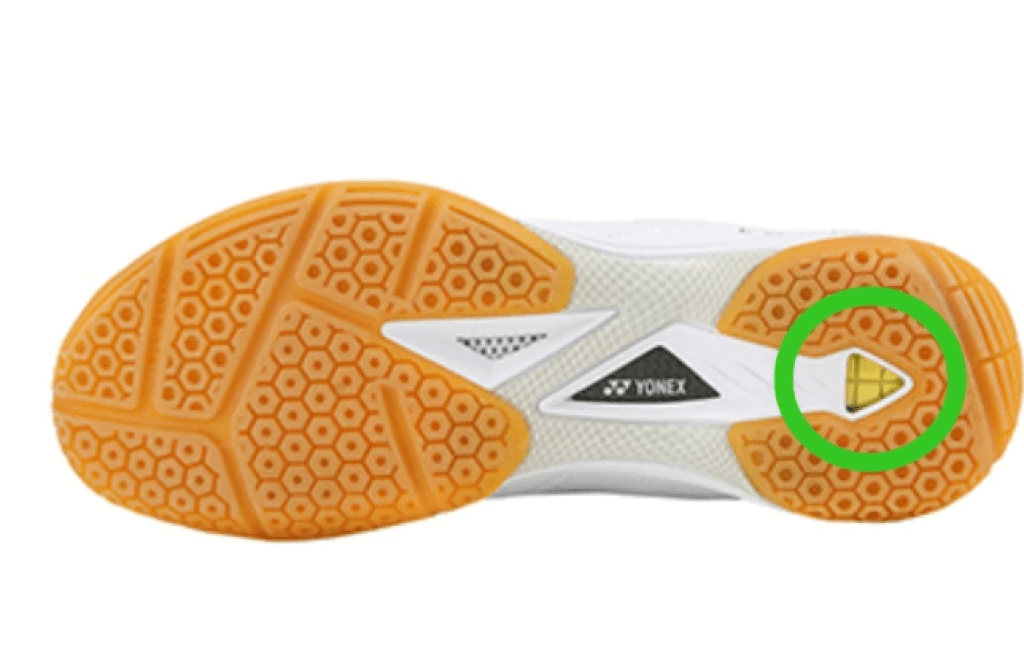
Lightweight midsole and energy cushioning have been familiar features in Victor’s lineup, but recently, Victor has introduced supercritical foam technology into their badminton shoes. Supercritical foam molding technology is a physical foaming technique that involves using nitrogen in a supercritical state to impart extremely lightweight and responsive properties to EVA material. This technology provides excellent cushioning and shock absorption while also enhancing stability, and the lightweight design contributes to faster acceleration.
Moving on to Li Ning, after incorporating Pebax elastic technology into their badminton shoes, Li Ning has introduced a new generation of midsole materials to the market. The “䨻” material, made from Pebax elastomer, is notably lighter than traditional EVA materials, reducing weight by 52%, enhancing energy return by 80%, and increasing push-off power by 10%. This results in more elastic rebound and faster acceleration, with excellent heel cushioning and impact absorption.
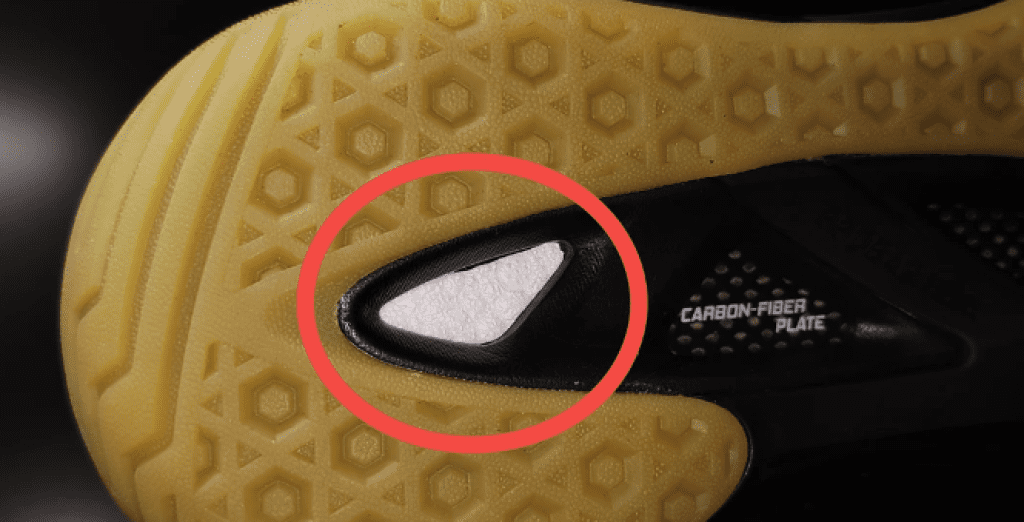
Next is midfoot torsion resistance. Carbon plates in badminton shoes function similarly to the arch of the human foot, providing support for the muscles and connecting the forefoot and rearfoot to cushion or transmit forces. By incorporating carbon plates, badminton shoes can enhance midfoot torsion resistance and support.
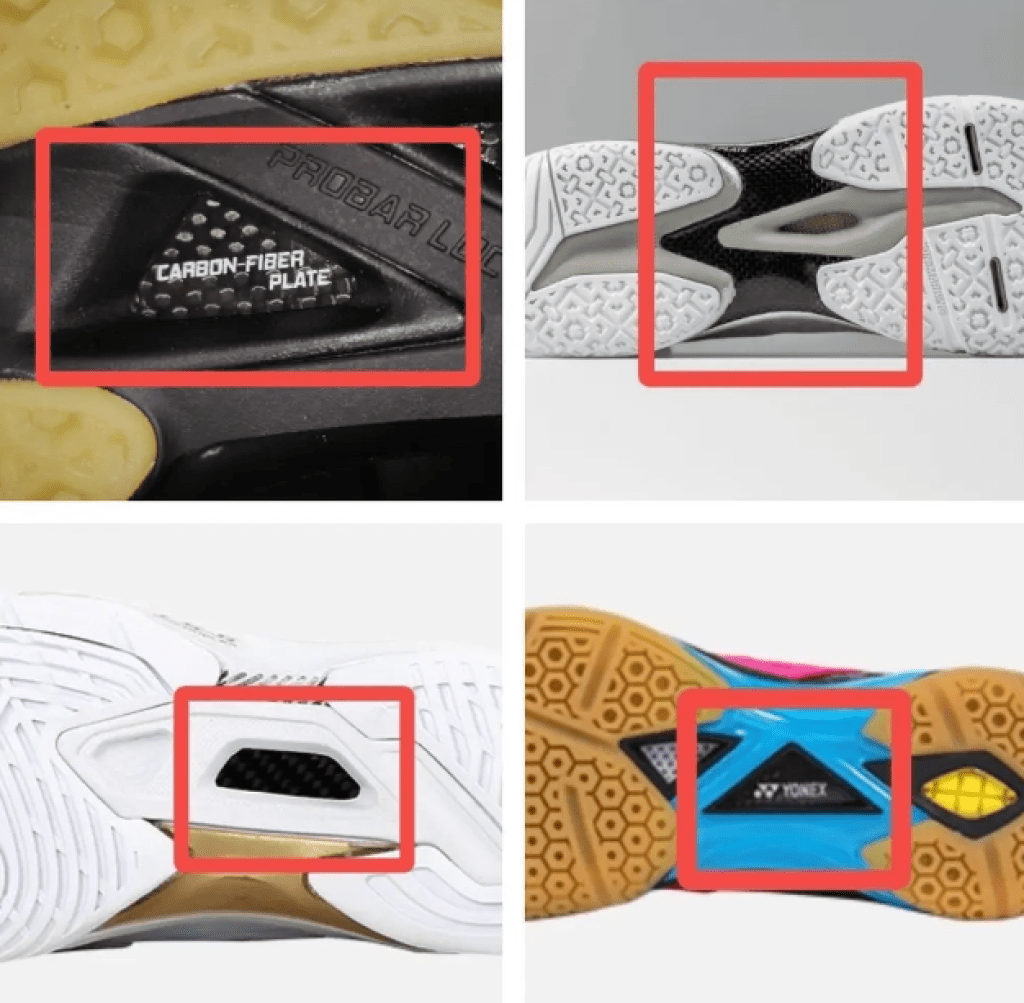
Next, let’s talk about lateral protection and fit. In badminton, many techniques involve side steps, crossover steps, and pivoting movements, which make players prone to injuries during rapid movements. To address this, badminton shoes are designed with specific protective features. Fit, on the other hand, refers to how well the shoe conforms to the foot without any gaps, ensuring a snug and secure feel.
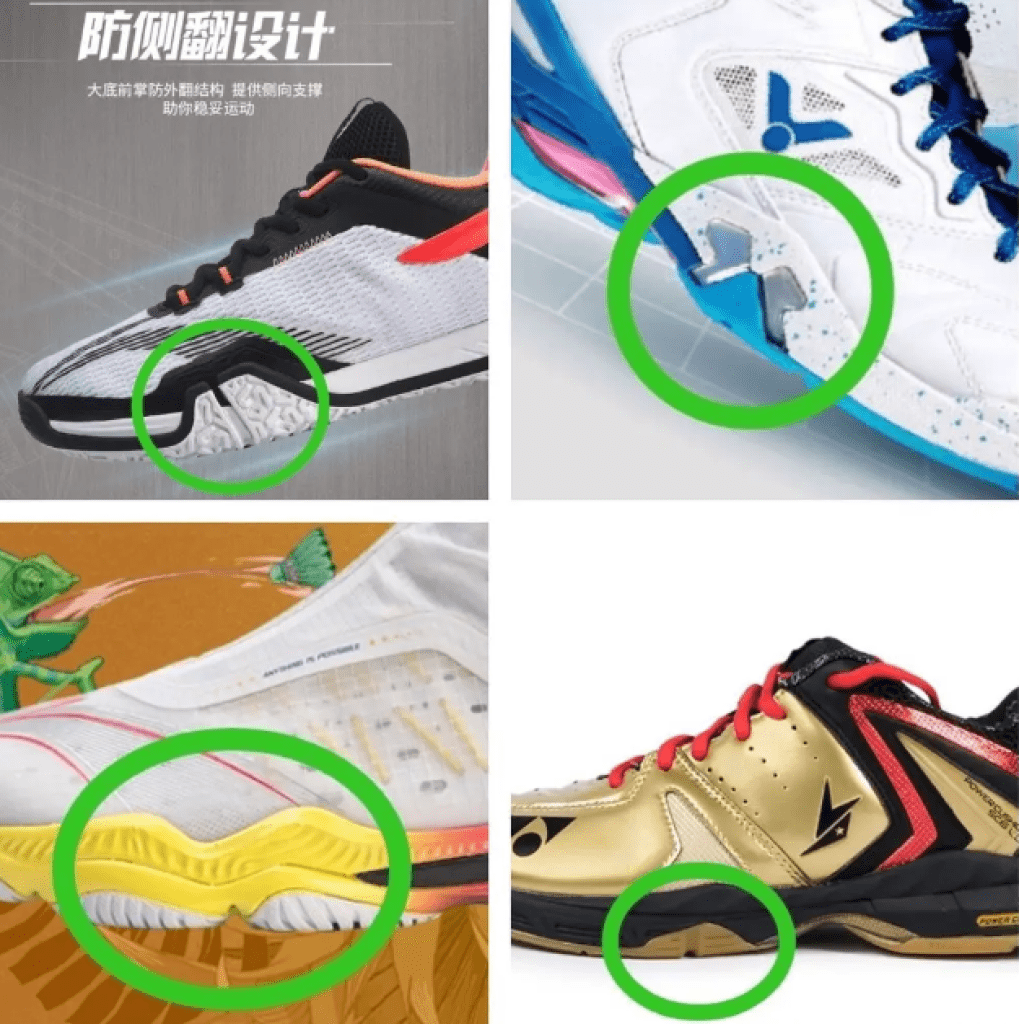
Finally, let’s consider slip resistance and durability. Given the nature of footwork in badminton, the durability of badminton shoes needs to be addressed not only in the outsole but also on the toe and the inner side of the shoe. The mainstream approach for outsole design includes using rubber and patterned designs, but achieving both slip resistance and durability is challenging. For example, in recent years, Li Ning has introduced shoes with crystal outsoles, which improve traction but tend to have reduced durability.
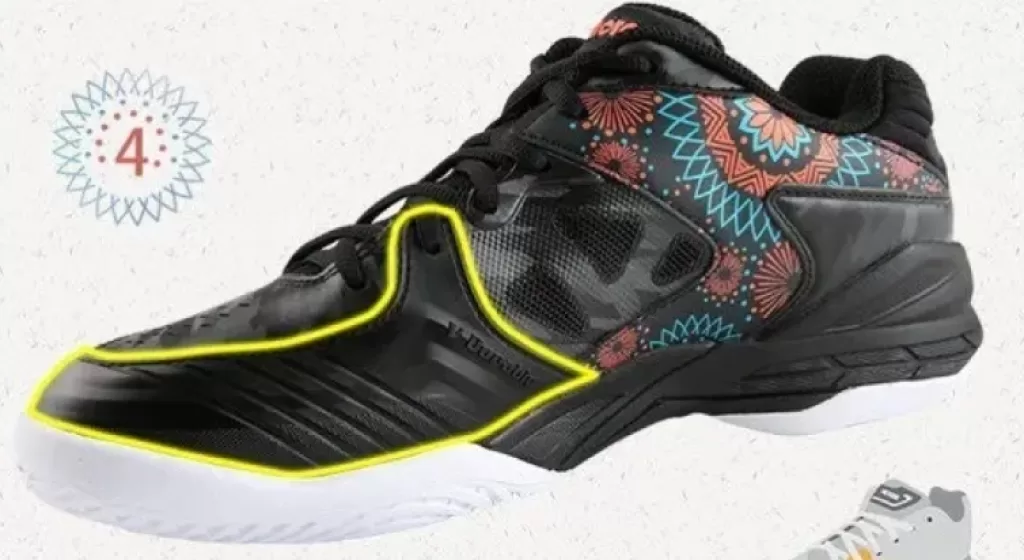
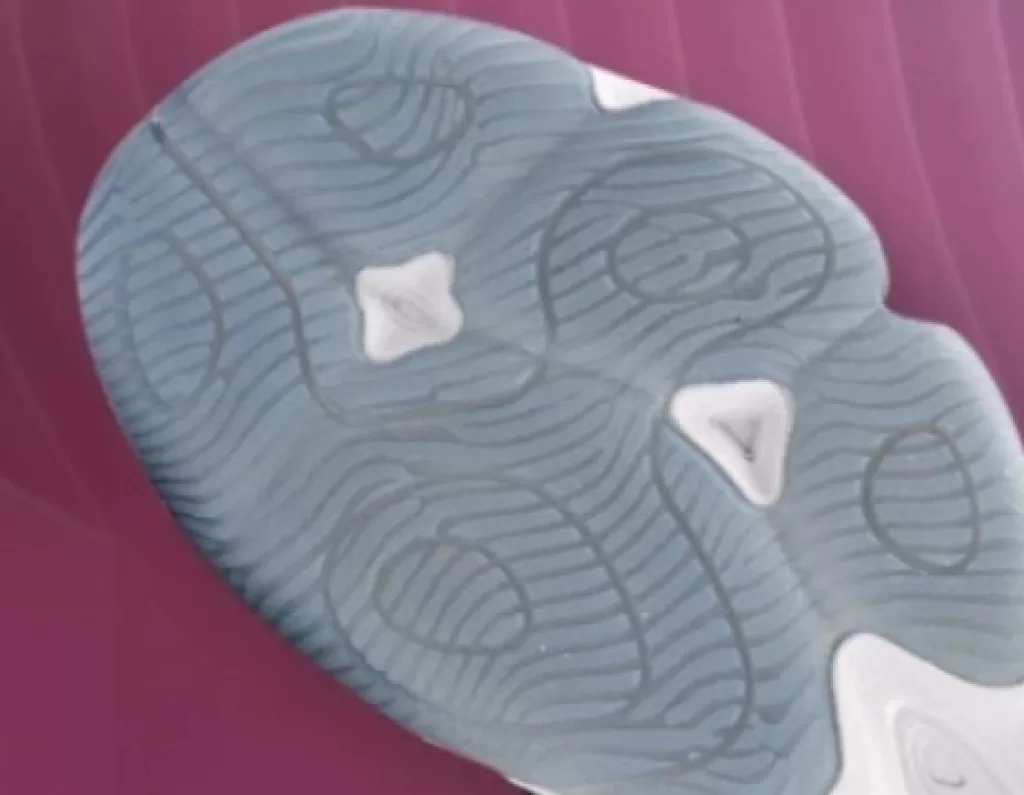
How to Choose Badminton Shoes
1. Personal Factors
When selecting the right badminton shoes, the first step is to choose the appropriate shoe last. The last is the mold used in shoe manufacturing to shape the shoe to resemble the foot inside it. The last takes the place of the actual foot during the shoe-making process to provide support and shape.
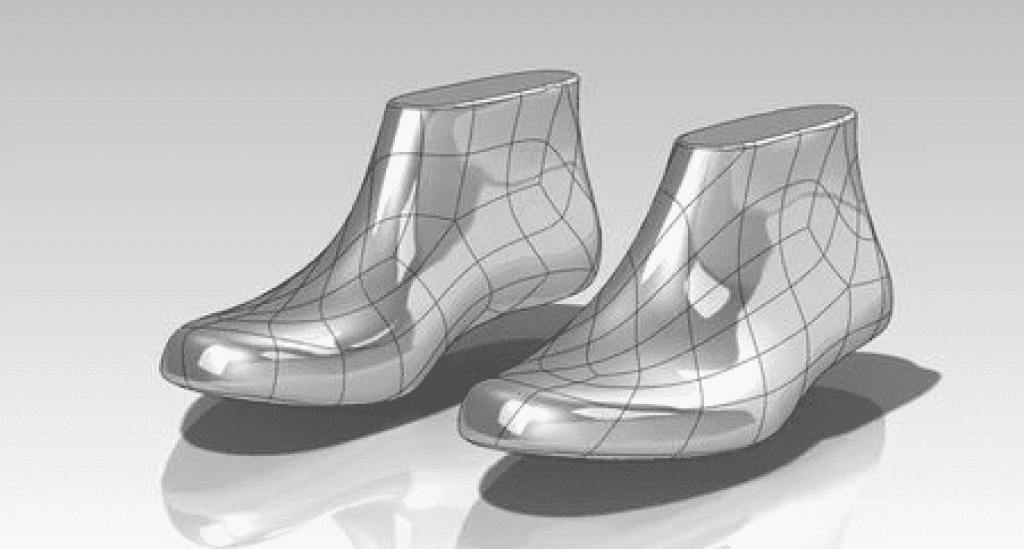
Let’s use VICTOR’s badminton shoe last system as an example to introduce the types of lasts used in badminton shoes. VICTOR categorizes the most common foot shapes into two main types: U Shape and V Shape. These two lasts also produce four different shoe width standards based on their width variations.
So, the question is: how do you determine your foot last type?
The first method is to place your foot flat on a piece of white paper and use a pen to mark the widest points on both sides of your foot for measurement.
The second method involves visually measuring:
In addition to considering your skill level and weight, which impact the stress on your knees and meniscus due to jumping, running, and various footwork in badminton, the choice of cushioning is crucial. For amateur players, as their skill level improves, so does the intensity of their play. Therefore, regardless of body weight, especially for children and teenagers, good cushioning is essential to handle high-intensity play. Even beginners need to consider cushioning if they have a heavier body weight.
Previously, we discussed the importance of protection in badminton shoes. But does more protection always mean better? In theory, more protection reduces the risk of injury, but highly protective shoes can also become heavier and impact reaction speed, ultimately affecting performance. Thus, badminton shoe design has three main directions:
1. Cushioning and Protection: This type focuses on providing stability for heavier players and for regular play. These shoes are designed to offer enhanced cushioning and protection. For instance, the VICTOR P9200 is a popular choice among players for its cushioning and is considered a reliable model in VICTOR’s lineup. Similarly, Li Ning’s 战戟 (Battle Axe) series is well-regarded for its cushioning performance.
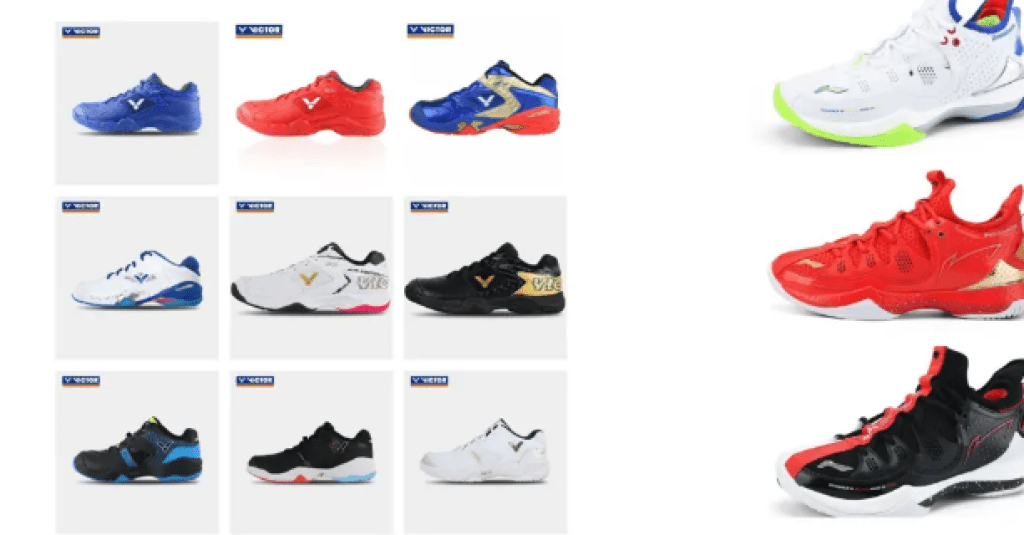
2. Balanced Performance: This type of shoe offers a balance between cushioning and speed, providing an all-around performance suitable for players of normal weight and for everyday play. These shoes are designed to be well-rounded, combining aspects of cushioning with responsiveness. The YONEX 65 series is a great example of this balanced approach.
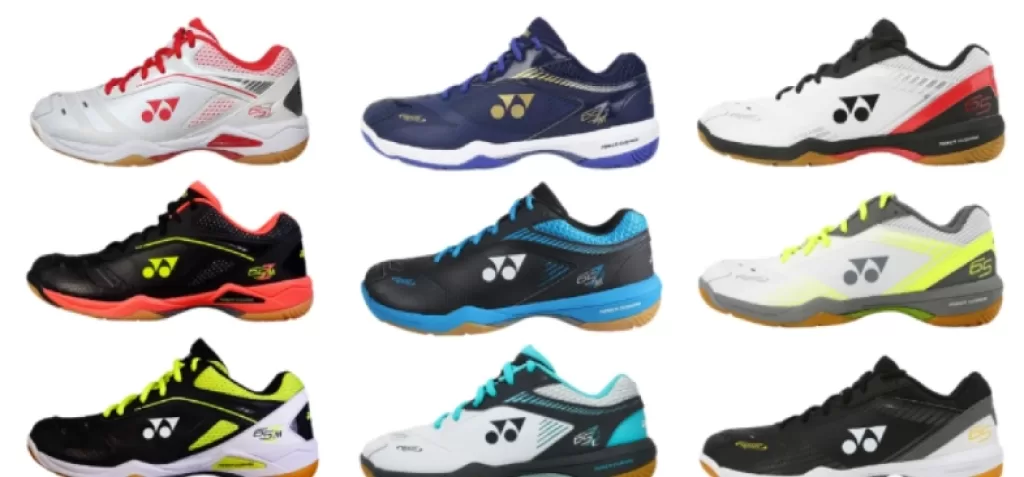
3. Speed Focus: This direction emphasizes speed and is mainly targeted at players with lighter body weights and competitive play scenarios. These speed-oriented badminton shoes are designed for rapid movements and quick starts. Examples include YONEX’s Ultra Light series, Li Ning’s new Storm series, and Victor’s S-series, all of which are excellent choices for enhancing speed on the court.
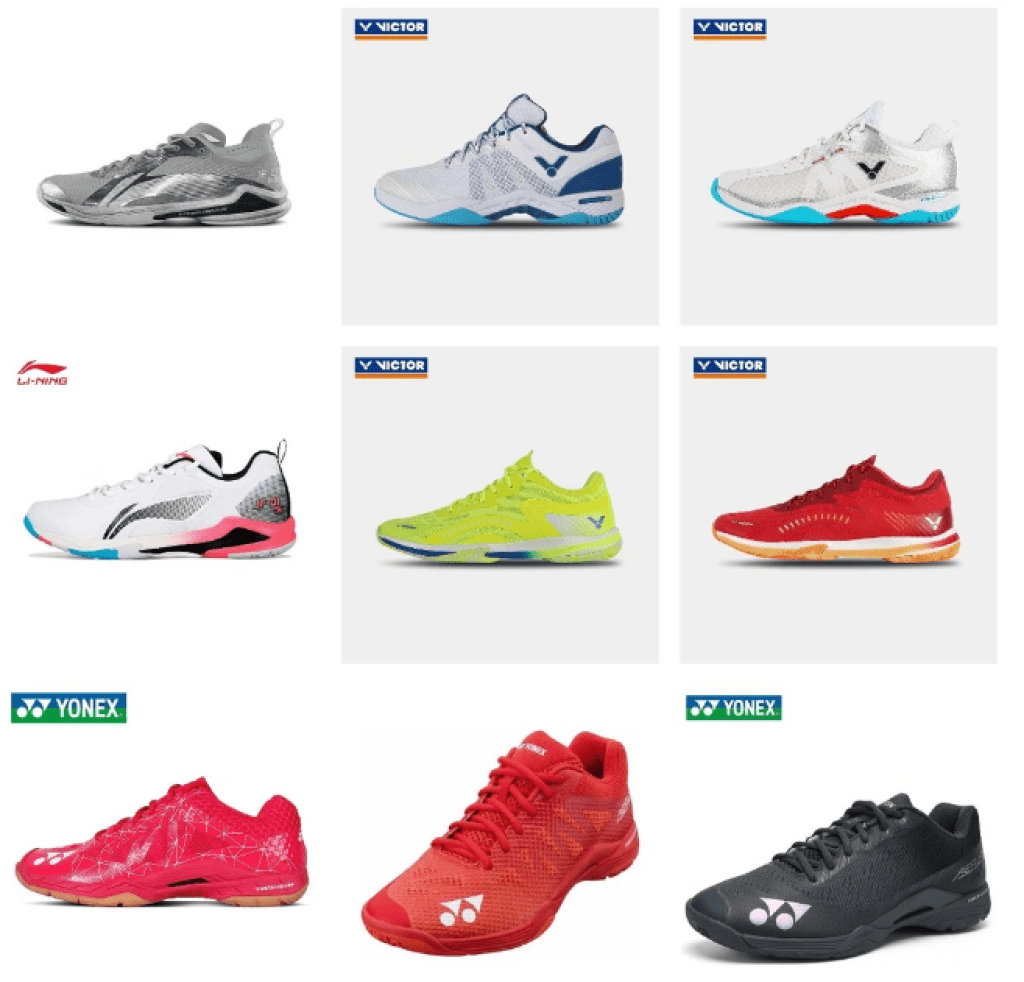
3. Buying Tips
Wear Badminton Socks: When trying on badminton shoes, it’s best to wear professional badminton socks, as they are thicker and provide a more accurate fit compared to regular socks.
Left and Right Feet: Many people have different-sized feet, so choose the size based on the larger foot.
Foot Type: For flat feet, choose shoes with a firm heel counter and strong support; for high arches, opt for shoes with good cushioning and heel stability.
Toe Fit: The toe area should not be too tight as badminton involves a lot of forward and backward movement, which can cause toe injuries if the shoes are too snug.
Tightness: The front of the shoe should be slightly loose to avoid squeezing the toes during quick movements, while the sides should fit snugly for better support.
Cushioning and Traction: Test the stability and width by standing on one foot; perform small jumps to evaluate cushioning; walk a short distance and perform sudden stops to check if the shoes slip, indicating insufficient traction.
I hope the above simple introduction and buying tips are helpful to everyone. If you have any questions or suggestions after reading the article, feel free to leave a comment in the section below!

Leave a Reply